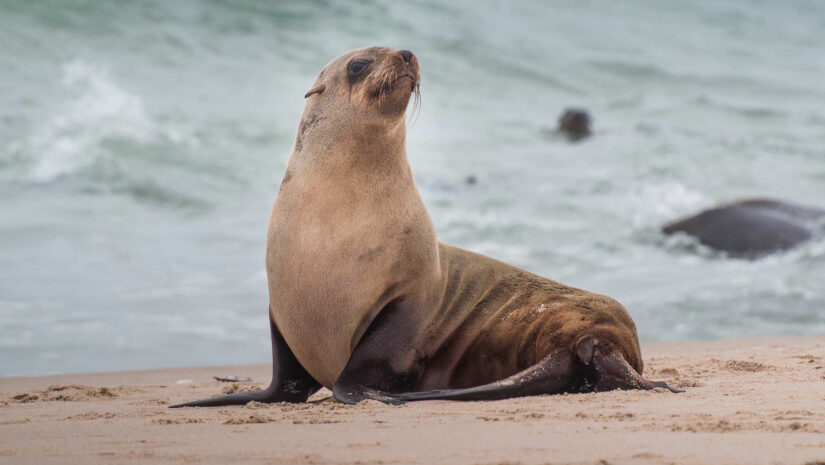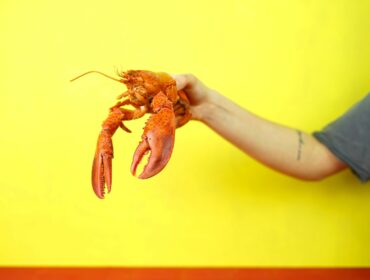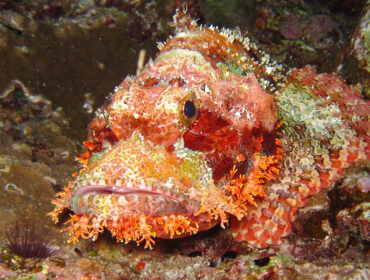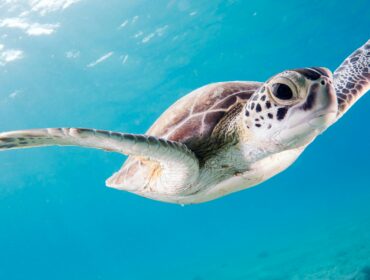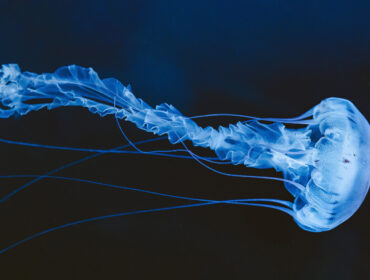Ever seen a pinniped? Unless you’ve been living under a rock, you’ve likely seen one or more species of pinniped in your lifetime, even if you probably haven’t heard of the term.
What is a Pinniped?
The word “pinniped” is derived from the Latin word pinna, which means “fin” or “flipper-footed.” Pinnipeds are therefore marine mammals that have front and rear flippers that they sometimes use to walk on land.
But they are not actually land animals, per se. Find out the truth and other interesting facts about pinnipeds below.
Fascinating Facts About the Pinniped

They consist of three families
Pinnipeds are commonly known as seals, but the word is actually a general term for three related types of fin-footed animals: seals (phocids), sea lions (otariids), and walruses (odobenids). This explains why they are often mistaken for each other.
They live in water and on land
About a million years ago, pinnipeds were considered land mammals, but they spent so much time in the water that they eventually adapted to the marine environment. Now, these animals mostly live in the ocean but are able to hang out on land for extended periods of time to reproduce, shed, and escape from predators.
Some of them don’t have ears
Allow us to explain. Phocids, also called “true seals” or “earless seals,” don’t have ear flaps (though they do have ear holes). The same goes for odobenids or walruses. Otariids or sea lions and fur seals, on the other hand, have external ear flaps.
Interestingly, earless seals also have smaller front flippers, so they flop on land using their bellies and swim in the water with their rear flippers. Meanwhile, eared seals have bigger front flippers that they can walk on and use like oars when in the water.
Some of them float with their necks
You read that right! Odobenids, or walruses, have air sacs in their necks that can inflate—like life preservers—to allow them to float in the water. It’s a pretty cool characteristic, considering they’re the largest family of pinnipeds and can weigh over 3,000 pounds.
There are over 30 living species of pinnipeds
There are 35 living species of pinnipeds in the world—16 species of eared seals, 18 species of “true or earless seals,” and the walrus. The California sea lion almost became extinct a few decades ago due to hunting and fishing, but they made a comeback after a marine protection act in 1972 made it illegal to kill or harass sea lions.
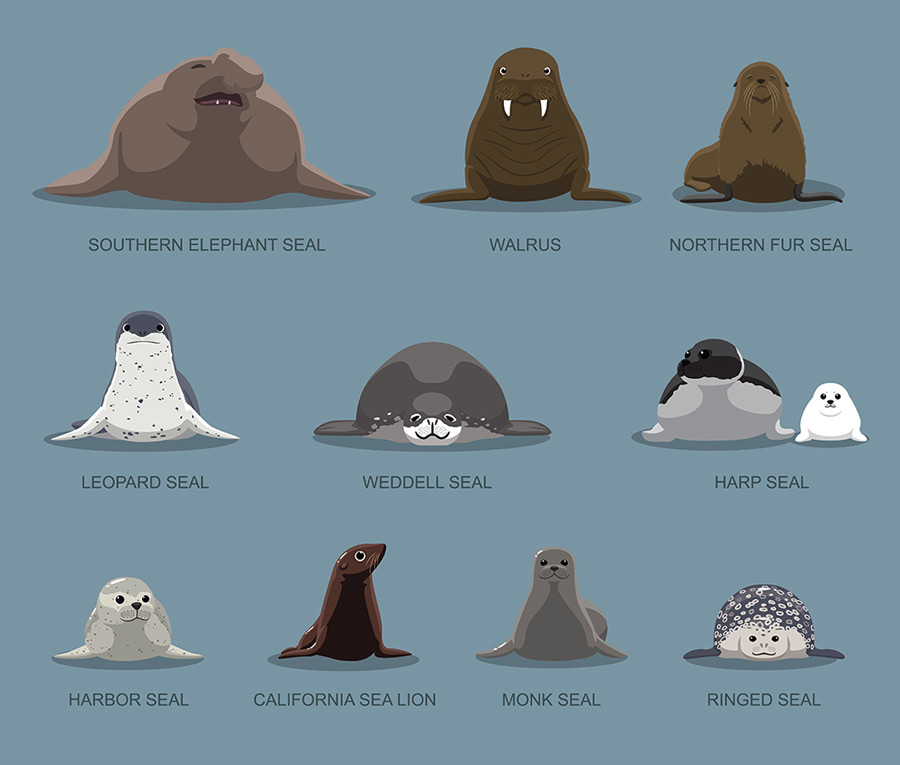
They are closely related to bears
As semiaquatic mammals, pinnipeds are actually closely related to bears, as well as to weasels, raccoons, and skunks. In fact, their ancestors are thought to look more like bears and weasels before they adapted to the marine environment.
They are not related to manatees or sea otters
The distinctive characteristics of pinnipeds have many wondering: Are manatees pinnipeds? Actually, they’re not. In fact, as surprising as it may sound, manatees are more closely related to elephants and hyraxes, despite sharing a few physical characteristics (streamlined body and flipper limbs) with pinnipeds and other aquatic animals like whales and dolphins.
Sea otters also look and behave like pinnipeds, plus they’re the largest member of the weasel family. They could be distant relatives, but they don’t belong to the same specific group of marine mammals.
They are carnivorous
Pinnipeds are carnivorous mammals that mostly feed on fish and cephalopods, aside from crustaceans, bivalves, zooplankton, and warm-blooded prey (like seabirds). While they generally eat what they can find, some species of pinnipeds prefer certain kinds of underwater prey.
For example, the southern elephant seal and Ross seal prefer to feast on squid, while the bearded seal and walrus target bottom-dwelling invertebrates like clams. Meanwhile, the crabeater seal primarily feeds on krill.
Where Do Pinnipeds Live?

Wild pinnipeds have a pretty wide geographical distribution as they can live in a variety of water habitats, including the open ocean, coastal waters, freshwater lakes and rivers, as well as brackish water. Coastal waters are preferred, although some travel offshore and hunt for food at great depths off oceanic islands.
But don’t expect to spot seals swimming in nearby lakes. Pinnipeds usually thrive in cool, nutrient-rich waters that are colder than 20°C (68°F), so they mainly live in the North Atlantic, North Pacific, and the Southern Ocean polar and subpolar regions.
Monk seals and some species of walruses, however, can be found living in tropical and subtropical waters that are not necessarily rich in nutrients. Those that live in temperate and tropical areas will often move towards sandy and pebble beaches, rocky seashores, mud flats, shoals, sea caves, and even on man-made water structures like piers, buoys, and oil platforms.
But as we all know, there are seals and sea lions that are held in captivity. Some of them live temporarily in waterparks and other facilities all around the world, where they are considered popular attractions and are promoted to the public in an educational manner. They are also trained to do tricks and get to share playful encounters with people of all ages.
Where to Swim with Pinnipeds

Thanks to their considerable fondness for humans and easy tamability, pinnipeds are safe to swim with. Waterparks that hold sea lion shows often allow a very limited number of guests to hang out with them in shallow waters. But if you want to get up close and personal with wild pinnipeds in their natural habitat, there are many places that you can go to around the world.
Thanks to the Marine Mammal Protection Act of 1972, pinnipeds are not off-limits in public locations. You may be able to catch pinnipeds hanging out by the beach or on rocky shores, but one of the best ways to see them in their element is to go scuba diving with them.
You’ll find both shallow water and deep sea pinnipeds in Cape Town in South Africa, La Paz in Mexico, Monterey in California, Hornby Island in British Columbia, the Galapagos Islands in Ecuador, Farne Islands in the United Kingdom, Marlborough Sound in New Zealand, and Cocos Island in Costa Rica, just to name a few.
Farne Islands
Perhaps the most famous spot for inquisitive seal diving is the Farne Islands. These islands are found in Northumberland, United Kingdom. This collection of over 20 islands is a 10 to 15 minute boat ride from the coastal towns of Seahouses and Beadnell. This is England, so remember that the waters will be cold but the grey seals are renown for their curiosity, friendliness, and playfulness.
Southern Australia
Southern Australian waters offer divers wishing to dive with pinnipeds the chance to play with the Australian Sea Lion. These natives prefer the southern coasts of Australia and can be found in abundance near Kangaroo Islands. Diving restrictions exist which limit interactions with many seal colonies but local dive charters will be able to guide divers to safe locations. These coastal Australian waters also have a multitude of marine diversity.
South Africa
The Cape Fur seals of South Africa are wild and aggressively playful. They have been known to interact with divers by tugging dive equipment and to offer exciting displays of underwater acrobatics. They live in large colonies which can number in the hundreds to the tens of thousands. The prime South African locations for diving with Cape Fur seals are Partridge Point, near Cape Town, and Duiker Island, within the Hout Bay. Huge colonies also exist at Seal Island in the False Bay.
Have you had a close encounter with a pinniped? Which family is your favorite? Let us know in the comments below!

